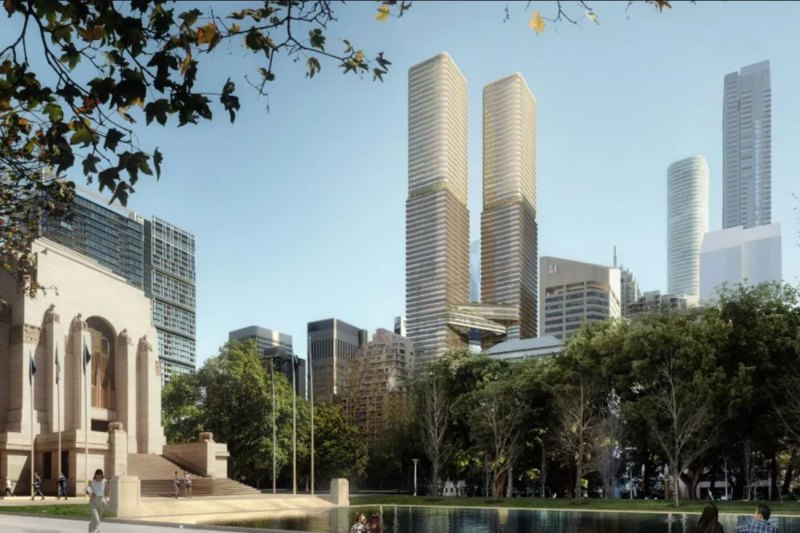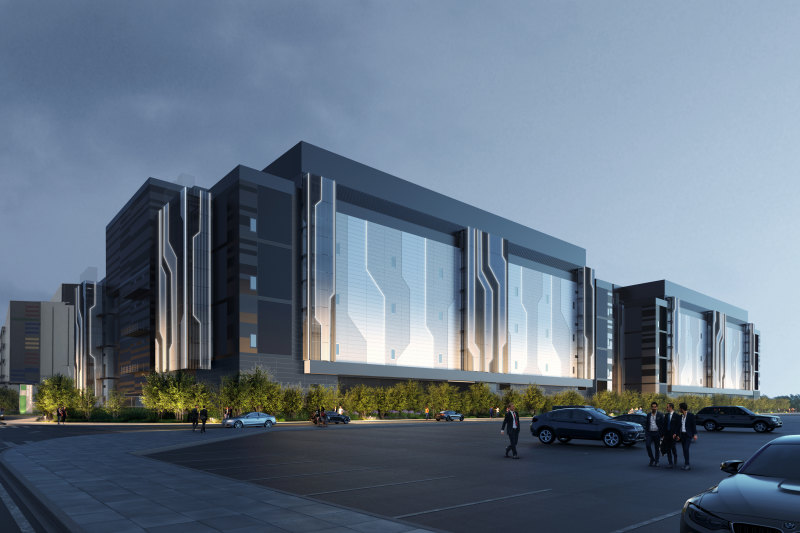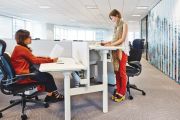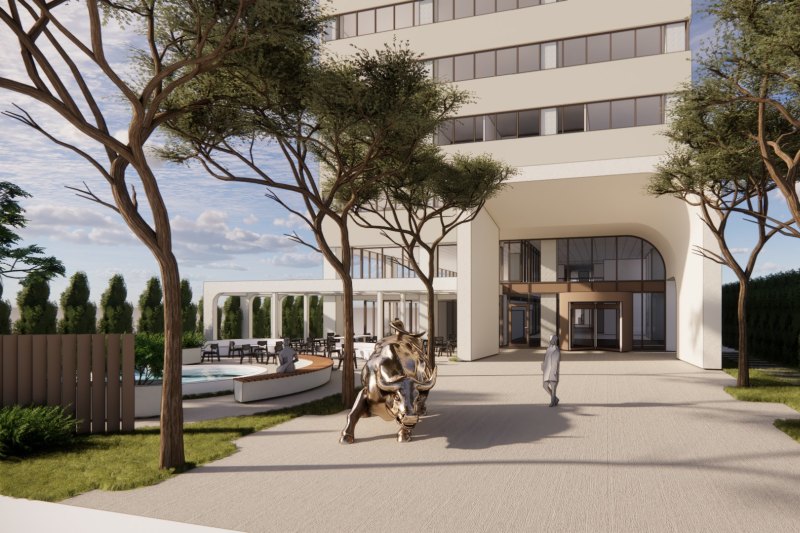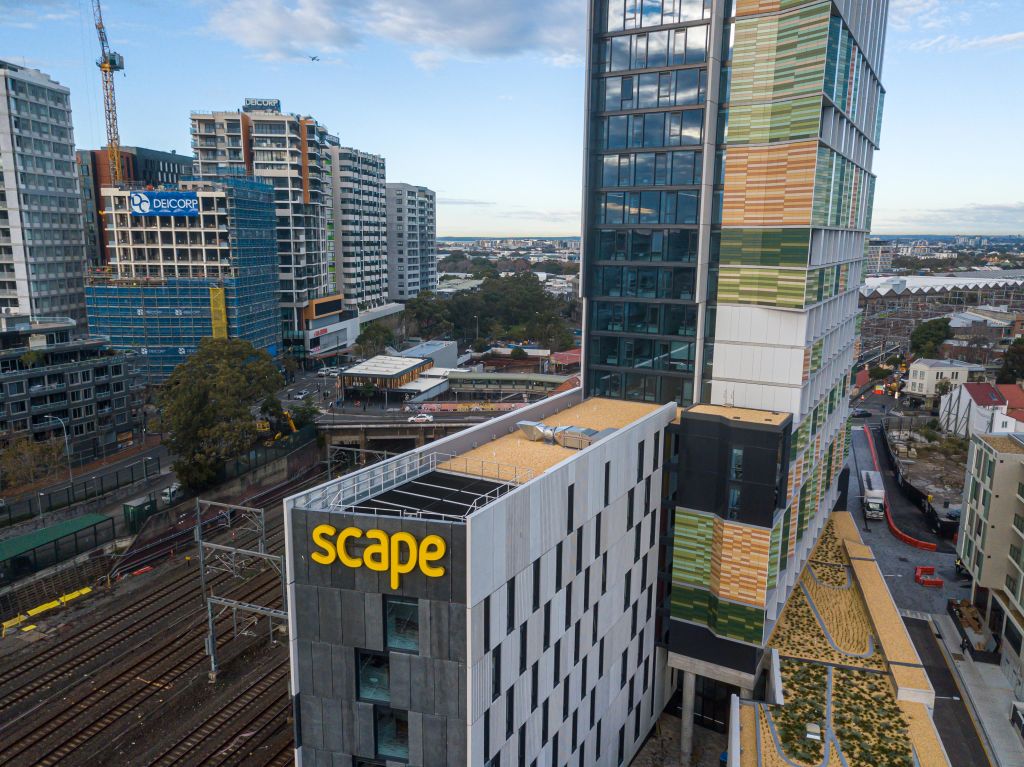
What the return of international students to NSW means for the student accommodation sector
A pilot program to allow small batches of fully-vaccinated international students to return to NSW to finish their studies has sparked hope for the crippled student accommodation sector.
It comes amid growing concerns that thousands of foreign students are becoming impatient with Australian border closures and opting to study in the UK, US and Canada.
After months of discussions between universities, purpose-built student accommodation (PBSA) providers, health authorities and government officials, the latest announcement is seen as a light at the end of the tunnel for the sector, which was worth roughly $40 billion to the Australian economy in 2019.
Industry players now hope other states will follow the NSW government’s lead and allow students to complete quarantine in student accommodation buildings.
“After hopes were being raised and then dashed by constant COVID lockdowns, the international education sector welcomes this proof of life,” said Phil Honeywood, chief executive of the International Education Association of Australia.
“Clearly, [getting] approximately 500 students back in Australia by December is not going to keep the doors open; however, if the industry can prove to the wider community that this can be done safely then momentum will definitely pick up.”
The country’s largest PBSA provider, Scape, was selected by the NSW government to house the returning students for a 14-day quarantine at their new building in Redfern. By December, groups of up to 250 students at a time will quarantine in the $225 million, 650-bed building.
Scape chief executive Anouk Darling said the Redfern site was constructed during the pandemic and had been re-engineered to meet and exceed all standards for COVID-19 compliance.
“Basically, each room has a 24/7 single operating environment with continuous airflows,” Ms Darling said, adding ventilation had been a key consideration, with G7 filters installed throughout the building.
“Negative air pressure controls ensure no air from the corridors flow into the bedrooms, eliminating cross-contamination.”
An overlay of CCTV cameras and digital key monitoring would also actively alert officials to any breaches or unusual movements.
“When the students’ meals get dropped off, we will know if the door was opened from the inside or the outside,” Ms Darling said.
The cohort of students will be selected by the universities that participated in the industry-funded program, which include The Australian Catholic University, Macquarie University, The University of Newcastle, The University of Sydney, UNSW, UTS, University of Wollongong and Western Sydney University.
Charter flights will be used until international travel arrangements open up again, and students will be tested for COVID-19 before departure, on arrival and throughout quarantine. After quarantine, the students will move into residences previously approved under their visa conditions, which could include private rentals, university campuses or private student accommodation.
Ms Darling said it was not clear how long the Redfern building would act as a quarantine facility.
“We don’t make money out of quarantine,” she said. “We’ve only done this to support the industry and stand up the category.”
Deputy Premier John Barilaro said the staggered return of students would slowly expand as vaccination rates continued to rise in NSW and abroad.
“The safety of the people of NSW is paramount and we are taking no risks. All participating students will be required to be fully vaccinated with a TGA-recognised COVID-19 vaccine, and strict quarantine protocols will be in place.”
“Importantly, this plan will not come at the expense of any Australian citizen or resident wishing to return home.”
Mr Honeywood hoped other state governments would be encouraged by the NSW plan.
“The so-called COVID-free states of Queensland and Western Australia have been very slow off the mark to bring students back,” he said. “Political bravery is also now lacking in Victoria and South Australia as they face state elections next year.
“At this stage, we are really hoping that a bit of interstate competition might kick in if New South Wales is seen to be taking market share of other state jurisdictions.”
Ms Darling said the pilot program was “hopefully the start of momentum”.
Earlier this year, it was reported that Scape was losing $6 million per week in empty accommodation.
“It’s been a terrible few years to be part of an industry that relies on the borders to be open,” she said.
There are more than 110,000 student beds across the country, many of which have remained empty since the onset of the pandemic.
